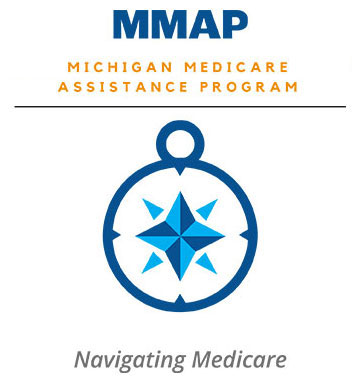Medicaid programs until now have reimbursed pharmacies for prescription drugs based on the ingredient costs for the drug and a dispensing fee for filling the prescription, according to the Kaiser Family Foundation.
The CMS says the change will more accurately reflect pharmacies’ purchase prices.
The rule also requires states to provide the CMS with data that shows their reimbursement methodology represents actual acquisition costs.
The new regulations come nearly six years after an initial proposed rule was withdrawn in 2010 because it conflicted with sections of the Affordable Care Act. The CMS then released a second version of the draft regulations in February 2012.
The CMS has dramatically revised its estimates for how much the rule will potentially save states and the federal government. In 2010, it believed savings from the regulation would total $17.7 billion over five years.
But those estimates were based off of the assumption of increased rebate percentages on brand-name drugs and the offsets of the total savings of the increased rebate percentages, treatment of new formulations, and from the collection of rebates from enrollees of Medicaid managed care plans, all of which have been in effect since 2010, and are already accounted for in the Medicaid baseline, the CMS says.
Now, it believes the rule will save $2.7 billion over five years in state and federal costs, primarily because of alterations it made to the federal upper limit of drug reimbursements.
Drug companies criticized the second draft version of the rule when it was published in 2012.
“Implementation of the proposed rule in its current form would create significant difficulties for manufacturers; potentially inaccurate metrics and unstable calculations; and, likely, unintended negative impacts on patient access to drugs and biologicals,” Pfizer said in a comment letter.
The regulations carry out provisions of the Affordable Care Act revising the reimbursement criteria for outpatient drugs prescribed to Medicaid beneficiaries.
Medicaid managed care plans generally supported the provisions in the draft rule, but want assurances that the rates they receive from states properly reflect the rule’s changes.
